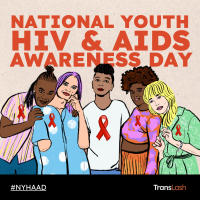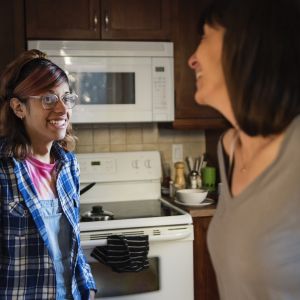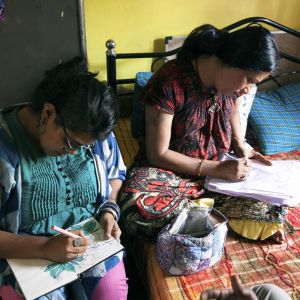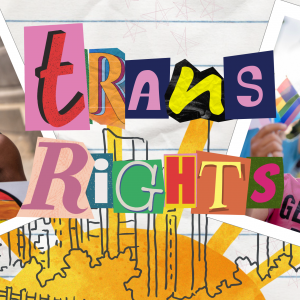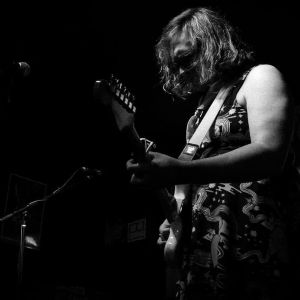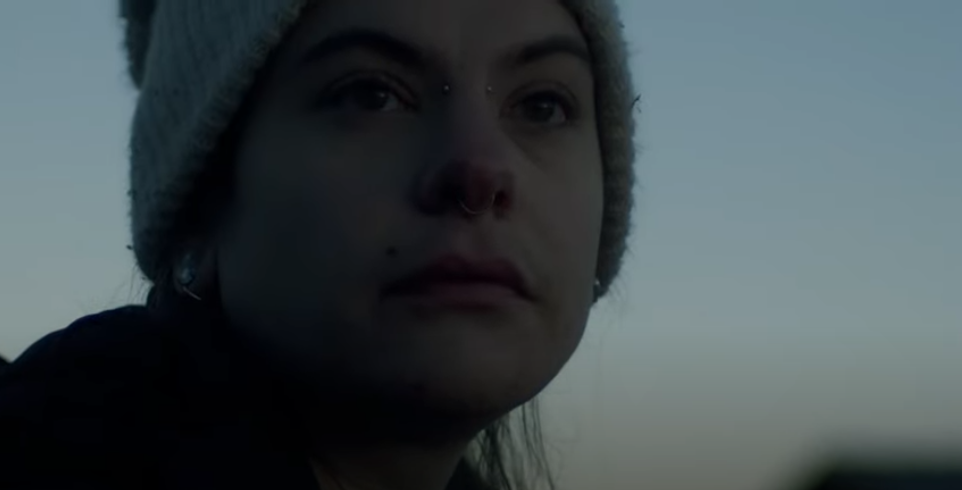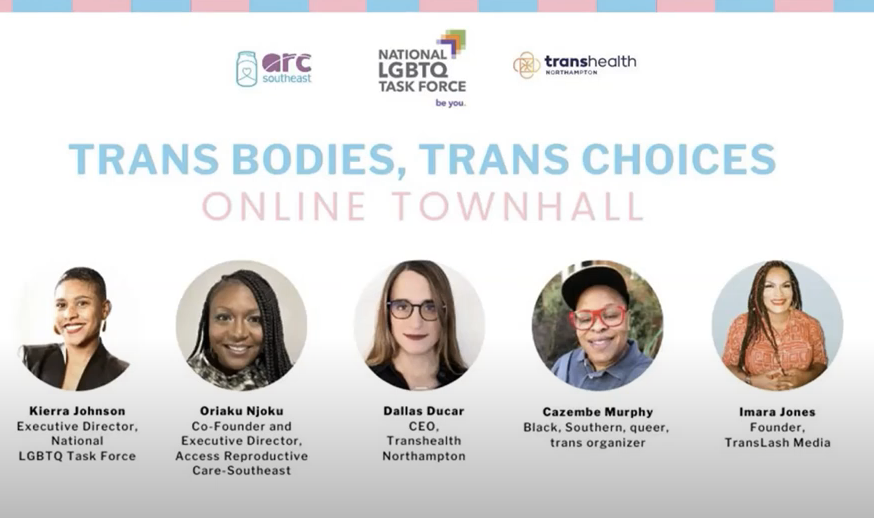by Araz Ahmed
When my 67-year-old Dad was dying four years ago, he took me for a walk by Lake Ontario where I grew up. We walked slowly and made our way from bench to bench. On one of those pauses he turned to me and said, “when you were a teenager, we fought a lot. I didn’t know how to deal with you and I acted like a stereotypical South Asian man. I hit you and I shouldn’t have. I’m sorry.” I was so surprised that I just stood there. Then I hugged him and tried to say, “it’s ok,” but we both knew it wasn’t really.
Up until that day, I hadn’t heard my dad refer to himself as a “South Asian man” before. By doing so, he showed me that his ability and willingness to be self-reflective had deepened in the years that I’d been away, building a life in Australia. He was referring to himself in a way that suggested he had internalized negative messages of what a “stereotypical South Asian man” was, and that he still carried the trauma of racism.
I experienced relief and vindication from his apology. It came at an especially poignant time as I was grappling with the beginning of my gender transition and trying to figure out what masculinity meant to me. Grateful as I was to have received an apology, I was also angry and sad that being “a typical South Asian man” sounded like something that was uncomfortable, embarrassing, and undesirable to him.
By the time he apologized, I was already on the road to forgiving him for his decades-long abuse. He had been gradually softening and showing greater empathy throughout his sixties, but my forgiveness had been a private, internal one and had been bound up in not wanting to live with anger anymore. His apology allowed us to enter a deeper grace where we could encounter each other as whole, vulnerable people deserving of mutual respect and care.
During the 18 months between his diagnosis and death, I made my way from Sydney to Toronto four times. During those months, I told my family that I was trans, that my name was now Araz, and that my pronouns were they/them. My parents were unable to adapt at that time. My dad said to me, “don’t ask me to call you something else at the end of my life. I’ve always known you as my daughter.” I really struggled with that. I understood it was hard to hear, while his life was ending, that the person he thought he knew would not continue after he was gone. But I didn’t want him to die without knowing who I was.
I developed a traumatic stress thought loop of, “if he dies, I die.” When I remember that time now, I am blown away by how the psyche, mind, spirit, or whatever somehow strives towards unveiling the repressed and healing itself. What sounded like a melodramatic mantra to me was the truth-telling of what I wasn’t able to process yet: As he was dying, Araz was being born. When my father died, XXXX (birth name) would, in a sense, die with him.
I intended to fly back to Canada just before Christmas, but my sister messaged me a week before the flight and told me that I should come sooner. I arrived forty-eight hours later and went straight to the hospital. My sister was almost nine months pregnant, and my mom was on bed rest after the strain of being in the hospital with him every day for months. It was up to me to see him through his final days. There are entire books slowly forming in me, about the three days and nights I spent in the hospital with him until he died. I will leave most of those experiences and reflections for another time.
However, one thing has stayed closely with me since his death. I was bunkering down for the night on the little sofa in his room. I was trying to get comfortable under the giraffe-print, velour blanket that my sister had brought me. In the amber glow of the hospital wall-light, my dad called out to me sweetly from his bed, “thanks XXXX.” Then he smiled sheepishly and said, “I mean, Araz.”
Three and a half years later, I am a completely out trans guy. My mother has come around, and she uses my name and pronouns properly ninety percent of the time. My mother’s acceptance of my medical transition was positively influenced by my dad’s support right before he died. The way I see it, she must think that if he could come around and remember my name and pronouns while actively dying, she doesn’t have an excuse not to as well.
As the months on HRT tick along, I get hairier and more muscley. I am also gentler and I smile more easily. I look more and more like him every day. If you look at pictures of him in his mid-thirties, and now me at thirty-six, we’re wearing almost identical brown-gold, round, wire-framed glasses. We both have K-pop-esque curtain haircuts and we’re sporting similarly well-tailored accountant vibes. The resemblance isn’t just aesthetic—I now know the pressure to be what society reduces masculinity to, especially as a South Asian masculine person. I know that it can feel safer to harden my jaw and easier to swallow my emotions. I know how quickly feelings of sadness, shame, or loneliness can turn to anger. I also know that a lot of the ways he treated me were misguided, self-serving, and wrong. He died, but I did not. I forgive not so that I will forget, but to remind myself of who I am and what matters to me. I get to choose which parts of my dad I keep and incorporate into myself, and which parts of our history I choose to let wash away on that shoreline of Lake Ontario.
Featured image by Wijs (Wise).

Araz Ahmed (they/them) is a transmasculine writer, musician, soon-to-be-social-worker, and management consultant living on Darug land of the Eora Nation (Sydney, AU). You can find them online at:
Instagram: @zebot11
Soundcloud: https://soundcloud.com/araz-ahmed-539721773
Bandcamp: https://arazdemhamusic.bandcamp.com/album/moments-of-relief
Youtube: https://www.youtube.com/channel/UCYwzOkq2pJsCfGA5pNPSx1A





